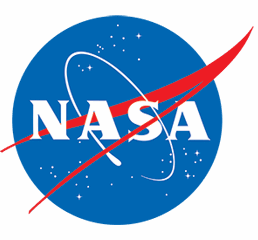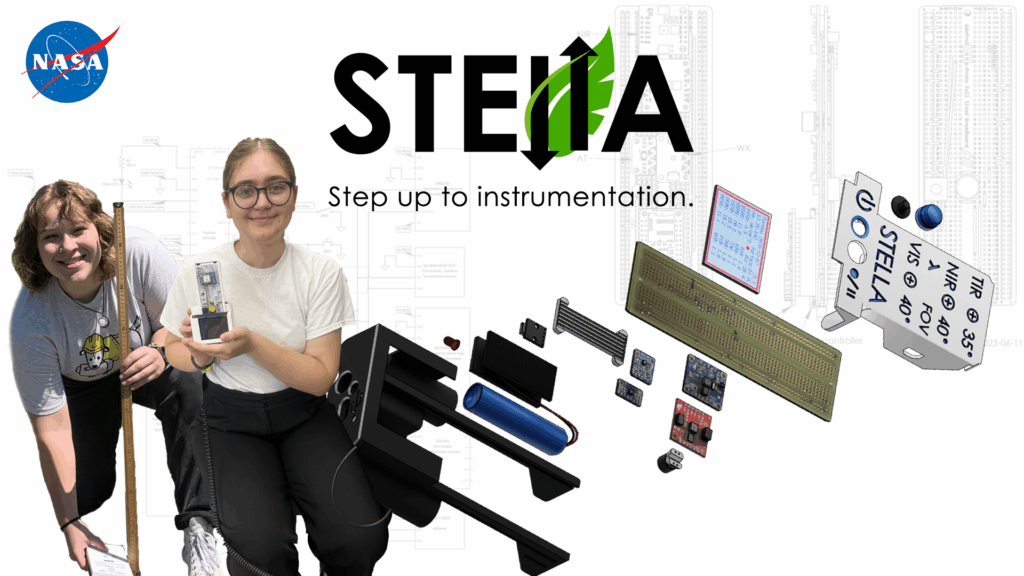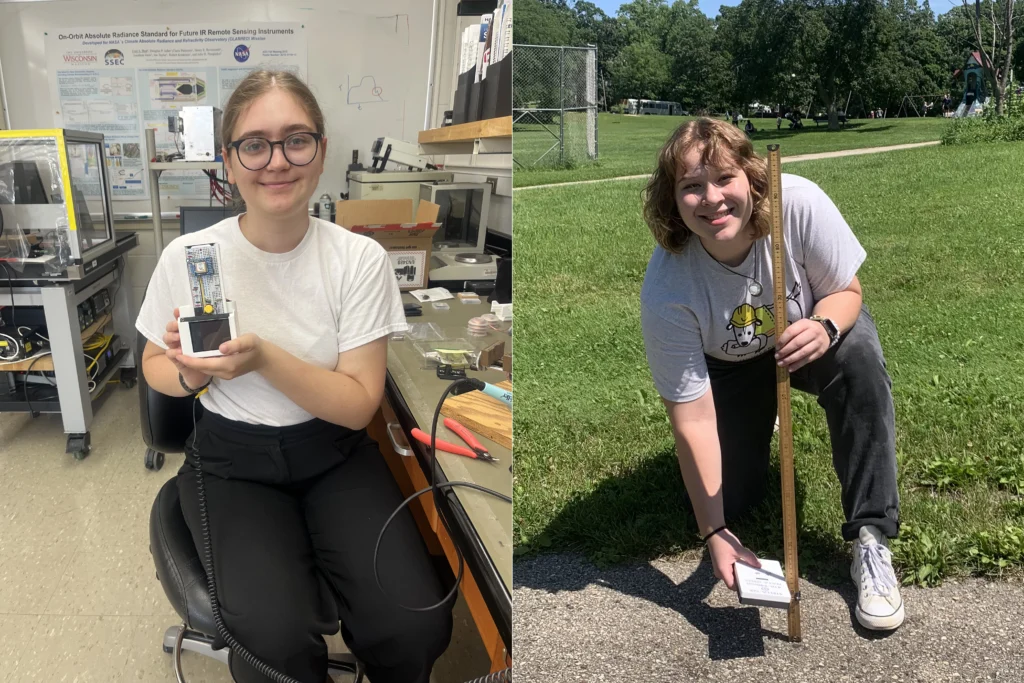Radiation Shielding and UV Protection" - Environmental Control
UV Protection Testing
STELLA Instrument: Helio-STELLA UV sensor
NASA Connection: Artemis radiation protection systems, Gateway habitat shielding, Mars surface habitat design
Background Context:
Mars receives significantly more harmful radiation than Earth due to its thin atmosphere and lack of magnetic field. Any Mars habitat must shield inhabitants and crops from this radiation. NASA’s Artemis program is developing shielding technologies for lunar habitats that will later be applied to Mars missions. Understanding which materials provide effective radiation protection while minimizing weight is a critical challenge.
Enhanced Materials:
- Helio-STELLA UV sensor
- Variety of shielding materials (aluminum foil, plastic sheets, water containers, fabric)
- UV-sensitive paper or beads (visual indicator)
- Thickness measuring tools (calipers or ruler)
- Digital scale for weighing materials
- UV-sensitive plants (lettuce seedlings work well)
- Safety equipment (UV-blocking glasses, protective clothing)
- Indirect UV source (safe UV lamp with adult supervision or indirect sunlight)
Enhanced Procedure:
- Baseline Exposure: Measure unfiltered UV levels with Helio-STELLA at a fixed distance from source
- Material Testing: Place different shielding materials between the sensor and UV source
- Thickness Variation: Test how material thickness affects UV blocking efficiency
- Material Combinations: Experiment with layered materials for optimal protection
- Visual Confirmation: Use UV-sensitive paper behind shields to visualize protection
- Weight Efficiency: Calculate UV protection per gram of material
- Biological Testing: Place UV-sensitive plants behind different shields for 72 hours
- Long-term Exposure: Test durability of materials with repeated UV exposure
Student Inquiry Questions:
Pre-Activity Questions:
- Why is radiation a bigger concern on Mars than on Earth?
- What types of radiation are astronauts exposed to during space missions?
- How does radiation damage living cells?
- What strategies does NASA use to protect astronauts from radiation on the ISS?
- Why is radiation shielding an important consideration for growing plants in space?
During-Activity Questions:
- Which materials seem most effective at blocking UV radiation?
- How does increasing the thickness of a material affect its UV blocking ability?
- What patterns do you notice in the relationship between material density and UV protection?
- How might we combine different materials for optimal protection with minimal weight?
- What does the UV-sensitive paper tell you about the effectiveness of different shields?
Post-Activity Analysis Questions:
- Which material provided the best UV protection per gram of weight?
- How do your plant specimens differ after being grown behind different shields?
- Based on your data, design an optimal radiation shield for a Mars habitat window.
- What are the tradeoffs between complete radiation blocking and allowing visible light through for plants?
- If astronauts on Mars will be limited to 100kg of shielding material from Earth, how would you allocate that mass based on your findings?
- How might Martian settlers use local materials for radiation shielding?
Data Analysis Challenge: Create a “Shielding Efficiency Index” by calculating (% UV blocked ÷ shield mass in grams). Design a multi-layer shield using no more than 100 grams of material that blocks at least 95% of UV while allowing visible light to pass through.
Safety First: Universal Precautions for All Activities
General Safety Guidelines:
- Adult Supervision Required for all activities involving tools, electrical components, or chemical mixtures
- Safety Glasses must be worn when handling powders, mixing materials, or using tools
- Gloves (nitrile or latex-free) when handling soil mixtures or plant materials
- Well-Ventilated Area for all activities involving powders or sprays
- Hand Washing before and after all plant handling
- Emergency Procedures clearly posted with nearest eyewash/first aid locations
Material Safety Data:
All suggested materials are non-toxic and food-safe, but proper handling prevents irritation and contamination.




